By now you have seen plenty of car magazine and social media channels declare the 2017 Tokyo Motor Show as being a disappointment. Leading up to the show, there were whispers of some tasty production cars being revealed: a Fairlady Z concept from Nissan, the next-gen Supra and a turbocharged F version of the Lexus LC coupe from Toyota. After a rousing speech from Akio Toyoda the JDM sports car renaissance would burst onto the stage amid cheers, hugs, and confetti.
What actually happened was the opposite of that.
The Tokyo Motor Show typically opens with the biggest news from a domestic automaker. The last time around it was Mazda and the breathtaking RX-Vision staking staking a claim as the torchbearer of not-boring cars. This year Toyota was the headliner, so the very first item of business was to attend the Toyota press conference. Toyota and its Daihatsu subsidiary had an entire hall at the Tokyo Big Sight convention center occupied, and anticipation was thick in the air.
When the covers were pulled off, however, they revealed two white ovoid shapes with leaves down their sides, barely recognizable as cars. The VP of Toyota went on to explain that Toyota is reinventing the car; that in the future cars will be more like an AI-powered friend, a smartphone on wheels that will take you to where you need to go, while you amuse yourself in its “data connected” cabin.
The next major automaker was Nissan, which in the wake of its certification scandal, was understandably humble and focused on the eco credentials of the new Leaf EV (now available in NISMO format, yay), the IMx autonomous crossover, and some giant rectangle projecting scenes of nature. Honda revealed the Sports EV concept, but we were told that neither it nor the Urban EV were coming to America.
It was only the smaller companies that offered the enthusiast a glimmer of hope for a next-generation of cars that you might actually want to buy. Mazda revealed two stunningly sexy concepts and its SkyActiv-X sparkless ignition engine, said to offer the economy of a diesel but also — as the Mazda CEO was careful to point out —the high revving fun of a petrol engine. Subaru unveiled the Viziv Performance Concept, a hint at the next-generation of WRX.
But in the week since the show, I’ve been thinking about the various corporate messages at TMS and they all speak volumes about the state of the car industry in Japan.
New-car sales in Japan have been static in the past few decades as the population growth flatlines. But if you delve into the statistics, you’ll see that in the past ten years there has been a seismic shift in the way that Japanese folks buy their cars.
Since the 70s the biggest segment of the market has been the 660-2000cc (i.e., the Corolla and Civic) class. But since about five years ago the kei-car class has overtaken it, and the biggest segment of the market from 2012-2016 has been the diminutive 660cc minicars.
This is perhaps not that surprising, as the latest generation of kei cars like the Daihatsu Wake and Suzuki Spacia are unbelievably spacious boxes on wheels, tall enough to take mountain bikes standing up and with enough legroom to match a large Lexus sedan. They’re purely practical transport though, driven by wheezing engines with CVT transmissions that drone over the quarter-mile in 24 seconds or so. The Japanese are so extraordinarily eco-aware that the idea of a fuel-sipping microcar has a great deal of appeal, and with all that interior room, they really do everything you need.
They’re cheap and hyper-practical, but their success is a problem. It’s never good for business when your customers start to abandon your expensive products for your cheapest ones, and it’s also a growing disconnect between the domestic and overseas markets, where kei cars have absolutely no relevance whatsoever.
In Japan it’s a challenge to justify the time, money, or space to own a vehicle. In the big cities it’s very common for your home to not have any parking for a car. If you want to own a car, you often have to rent a spot in a community parking lot, which is both inconvenient and expensive.
An autonomous kei box that will drop you and your shopping at your house, before whirring quietly around the block to park itself until summoned, would be a combination that many of the Japanese buying public might not be able to resist. Many western outlets scoffed at Toyota’s egg-shaped concepts at TMS, but if the car needs to be totally reinvented for Japan, then it’s the Big T that has the deep pockets to make it happen.
This may seem bleak, but everywhere we looked was evidence that the love for cars is alive and well in Japan. Just look at the insane queue of people to get into the public days of the Tokyo Motor Show at 8am in the morning.
Wherever you go, Japan is more than happy to feed your car addiction with toys and hobbies. In the two weeks we were in Japan, we saw no shortage of kids and adults alike poring over the plethora of Tomicas, plastic models, diecasts and RC cars everywhere we went.
Race vehicles were also on prominent display, from the Team Sugawara Dakar Rally Hino truck to the Calsonic SuperGT R35. People enjoy seeing these competition machines in person, and scale models of them sell for $150 a pop, sometimes more, at almost any large department store in Tokyo.
There is no shortage of love for the car, but for the average person in Japan it’s just really hard to own one. So instead, the love is expressed through plastic model kits and diecast toys. The question for Japan’s automakers right now is, how can they reconcile the enthusiasm for the car with the financial and physical impracticality of owning a car in Japan.
All the manufacturers revealed different strategies for making cars relevant again, and it will be interesting to see which recipe reignites the Japanese car market and whether it will have any relevance at all to the European, American or other Asian markets. There was another time in Japan’s history in which such a diverse lineup of strategies vied for dominance amid seemingly insurmountable odds. That was 1965, and it led to the golden age we remember so fondly today. Behind all the shiny concepts at Japan’s most important automotive event there’s quite a lot going on, and that’s why JNC found the TMS so utterly fascinating.



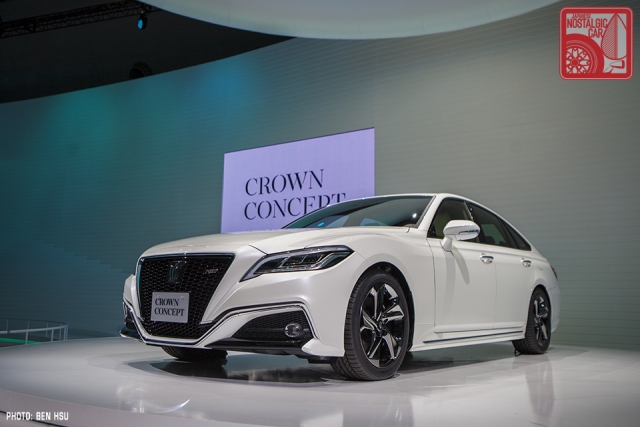

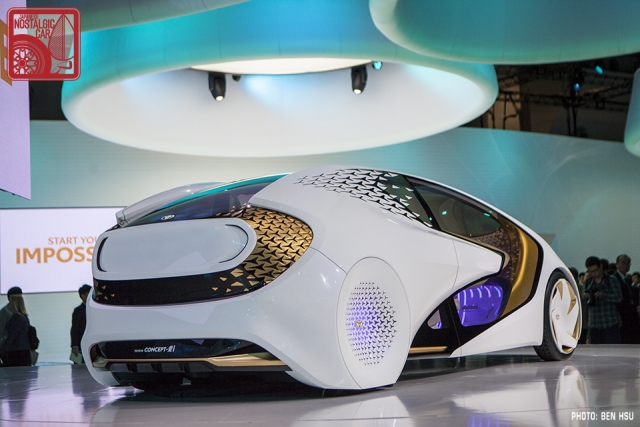

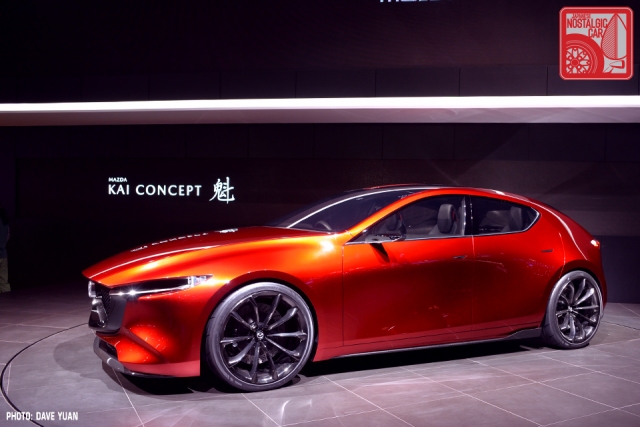
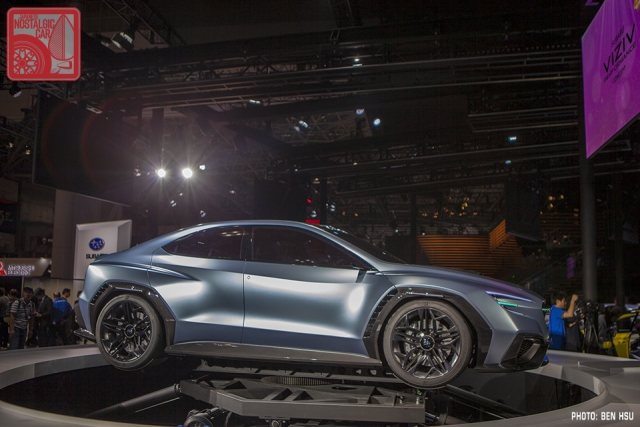



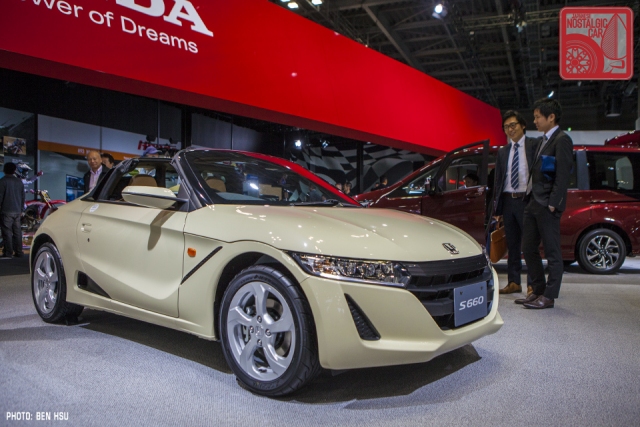




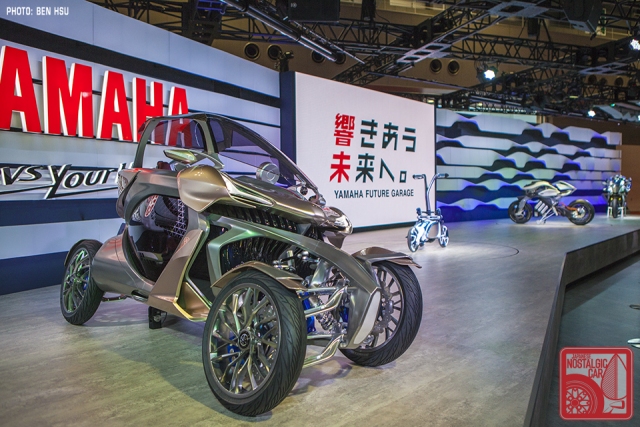




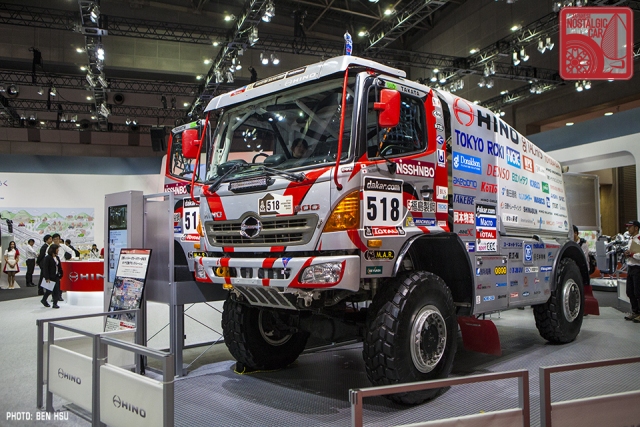
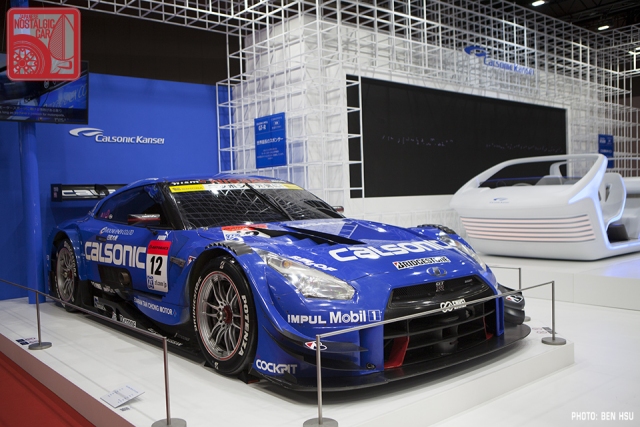

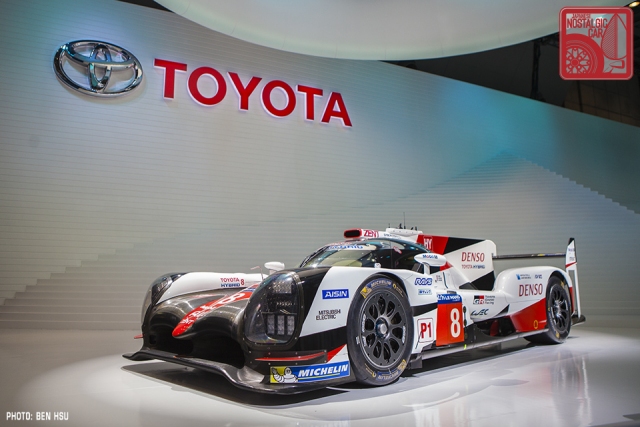
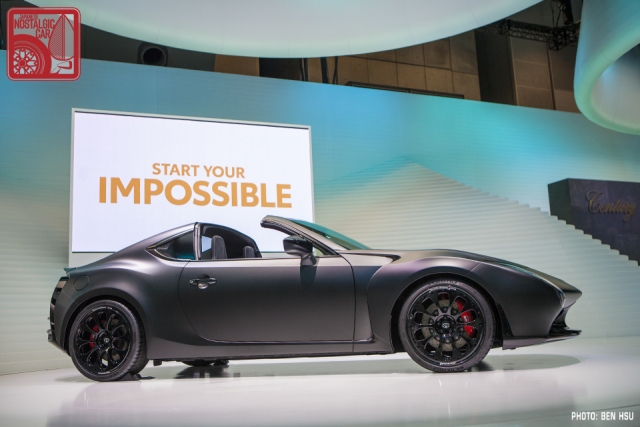




I don’t think things are quite as bad as they seemed from the show itself.
We were expecting to see a Supra, an S2000 replacement, and a Z concept. None of those were in Tokyo, but we know one of them is definitely coming at some point (the Supra), another is strongly rumoured (the Honda), with only the Z a less sure thing.
But some Japanese brands are definitely already making progress. Honda is on a bit of a roll – the S660 is neat, the current Civic R probably the best hot hatch on sale right now, and the NSX is very impressive indeed.
Mazda too. It remains committed to the MX-5 even in a very tough market for two-seater sports cars, and its design and technology throughout the range is up there with the best in the market.
It’s easy to get complacent about Toyota, but again, they made a heck of a commitment to driving fun by producing (with Subaru) the GT86 out of the blue – that’s not the behaviour of a company not interested in enthusiasts – and we’ve got the new Supra and the Yaris GRMN coming up soon. And while it’s easy to hate, the Prius has been a massive success. Let’s not forget Lexus either – it finally has a design identity (a love-hate one, but an identity all the same), and produces *three* very desirable performance cars – the RC F, GS F and LC500.
Subaru is… well, Subaru. It’s a bit of a rocky road for the WRX STi at the moment but it still exists, as does the BRZ. And the rest of the range is much like Subaru has always offered – dependable, safe, reliable, good-to-drive sedans, wagons and (let’s not pretend the Forester is anything else) crossovers.
Nissan is perhaps most difficult to like right now, though I don’t subscribe to the theory that it’s all Renault’s fault – the 350Z, 370Z and R35 GT-R were all given the go-ahead by Ghosn, along with neat odds and ends like the Cube, and the currently market-leading Leaf. I drove the new Leaf when I was out in Tokyo, and if the Nismo one can make it handle a little better, then it *will* be something to look forward to.
And it’s business as usual for smaller brands like Suzuki and Daihatsu too. I’m particularly looking forward to the Swift Sport.
I’m optimistic. Japan clearly has a few issues domestically, particularly the difficulty in not being able to market kei cars elsewhere (though I’m fairly sure some of them would sell well in image-conscious and size-friendly Europe). But there are some appealing cars on the way, and we shouldn’t overlook the ones already on sale.
Here in America, even Bob Lutz is saying that the automobile, as we know it, is a dead issue.
It’s a sad prospect, and one that I find difficult to accept, given the amount of territory our country spans, time will tell.
I do wish at least one Kei car would make it’s way here, and it’s one I would own in a heartbeat, the Honda S660, though I would hope for our market it would be an S 1000.
We really don’t have a true entry level sports car anymore. Sorry guys, a$30K+ MX5 is NOT and entry level car. The S660 would fill that gap and take up the mantle of cars like the MG Midget/Austin Healey Sprite, Triumph Spitfire, and Fiat 850, only with Honda quality and reliability.
I’d be first in line for one, and I’m an old guy that market analysts would never figure as a buyer for such a thing, just like they never understood all the older buyers for the Honda CRX, a car aimed at the youth market, that transcended all age demographics.
Bob Lutz has no credibility, and he’s senile anyway. No company ever benefitted from his management. The car magazines loves to claim he was a “car guy” but really he’s just a sleeze who slapped a bunch of plastic cladding and different fugly bumpers on the same decades old platforms and engines and was surprised when eventually Pontiac and Saturn had to be taken out back and shot. His biggest “success” was bringing the Monaro to the American market where it sold like 100 copies but received rave reviews. Notably, Lutz had nothing to do with its actual development. Lutz doesn’t know the car industry. He damaged every brand he was a part of and he drove GM into bankruptcy. The biggest car company in the world and the fool drove it bankrupt. So you want to act like he knows what going on with the future of car industry? glwt
Maybe the Japanese automakers need to look worldwide in promoting their products. Staying “JDM” can only sustain themselves so much before they begin to start bleeding cash. It also doesn’t help the Japanese are stubborn and only have one track mindsets most of the time (speaking as a stubborn Japanese myself…..)
A cross idea is that the USA should start to ease up on the safety regulations. If Trump wants the Japanese Automakers to “Build More Cars in the USA to Make America Great Again!” bringing safety standards in line with other countries like England and Japan would be a tremendous way to get more foreign manufacturers in the USA.
When we had the economic downturn and gas prices were shooting up some years back, that would’ve been the perfect opportunity for the Japanese and US makers with foreign subsidiaries to bring fuel sipping cars from other countries into the US. Instead, we crafted a shitty law where all we did was thin out the herd of insured and taxed Ford Explorers and Dodge Caravans by scrapping them in the name of economic stimulus and safety. All because our crash regulations weren’t 100% compatible with everyone elses and no way we’re gonna scrap a junker that is held by a bolt, bubble gum, and bailing wire yet is driven by a single mom of 4 who rides “dirty” (i.e. no insurance, license, or even valid registration!).
There are more ways to get cars up, but i’m tired.
MF Ghost is on the way …
Is Japan going to lose ground in the world market as their engineers and designers focus on kei class cars that are irreverent in most markets? Or is the focus on autonomy, efficiency, and packaging a wave of the global future, a wave that Japan, Inc. will ride to even greater heights? Only time will tell.
I would suggest two changes to Japan’s auto regulations;
1. One last bumping-up of kei standards to dovetail with the global A-segment. Allow an extra few horsepower/kilograms of weight on top of that for manual-transmission models.
2. No more shaken. Become a non-inspection jurisdiction – there’s no real reason not to, conditions in Japan aren’t that hard on cars – and set the road taxes up to diminish as a car gets older.
This would have the effect of adding a whole new class of car that’s keyed to appeal to mainstream buyers in Europe and emerging markets (they’d continue to design cars especially for North America as they do now), and would create demand for them in those emerging markets by keeping aging JDM cars in Japan where a “drive it forever” culture won’t appear overnight (or likely for a full generation) but it would help the problem of their used cars competing with their new ones in export markets.
Quite like option one. Though I think it’s something of a shame that the global A-segment doesn’t have kei-like regulations itself, limiting size, capacity, power etc, that any company in the world could build to and differentiate its products not by the slow creep of model bloat to boast more space, but by styling and innovation, as Japanese manufacturers already do with kei cars.
Imagine setting a template based on say, a VW Up, and having all manufacturers follow it. A certain length/width/height, no more than say, 1000kg, no more than a 1-litre engine, no more than 100bhp. Then upgrade the kei rules to match it. Let battle commence…
One of the kei cars looked like it was made of legos.
HATSUEN MIKU I GO TO SPEEDWAY